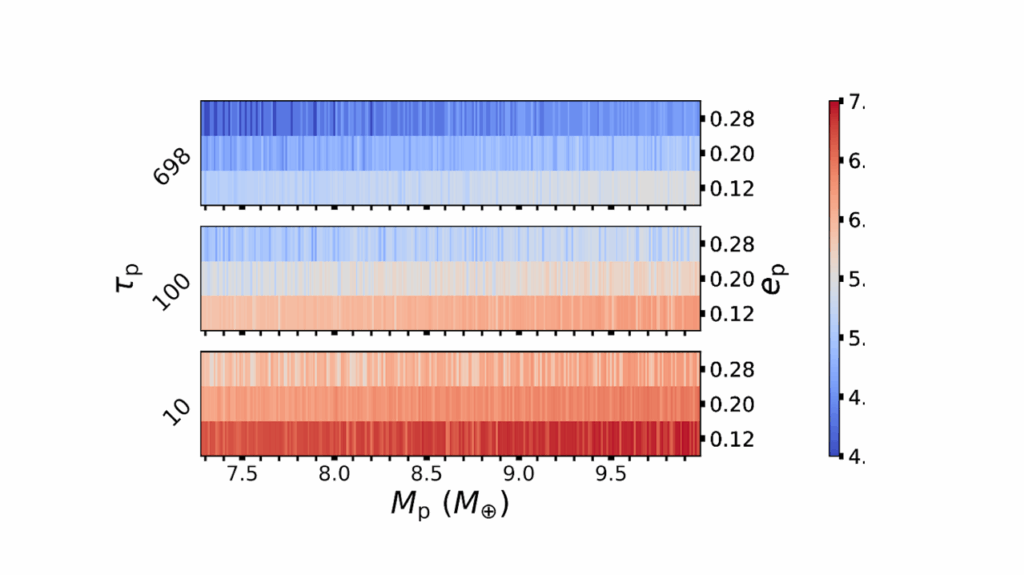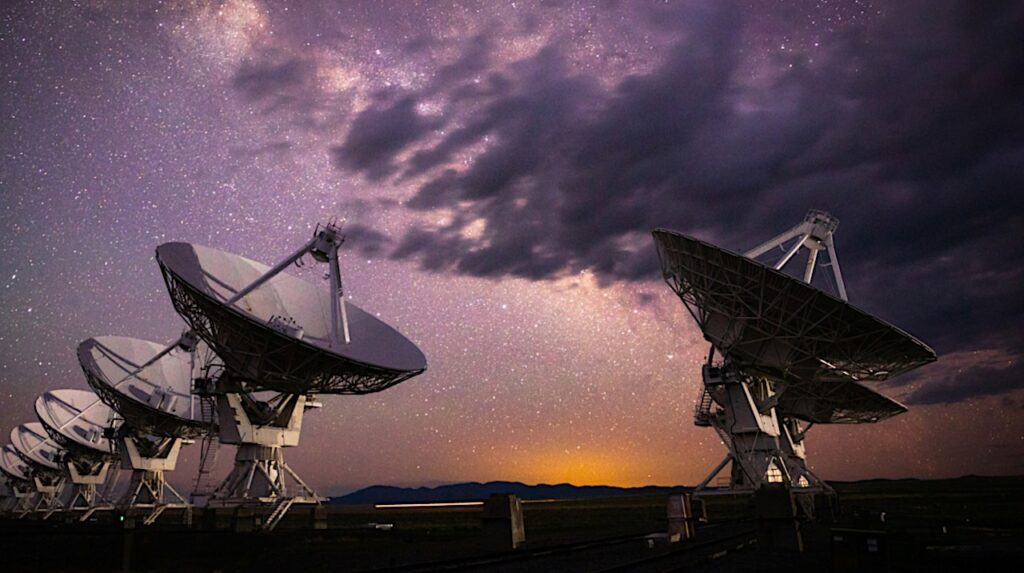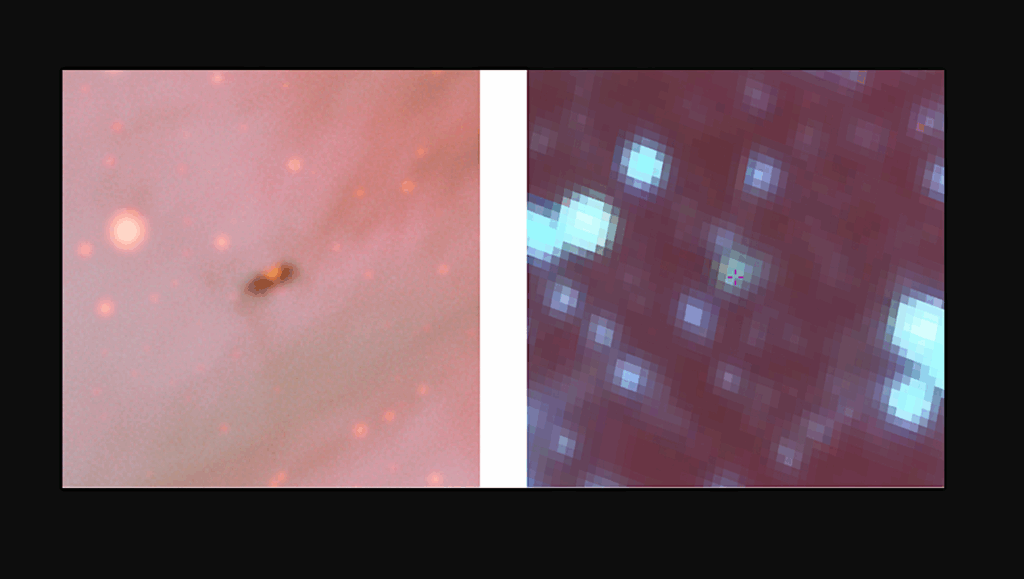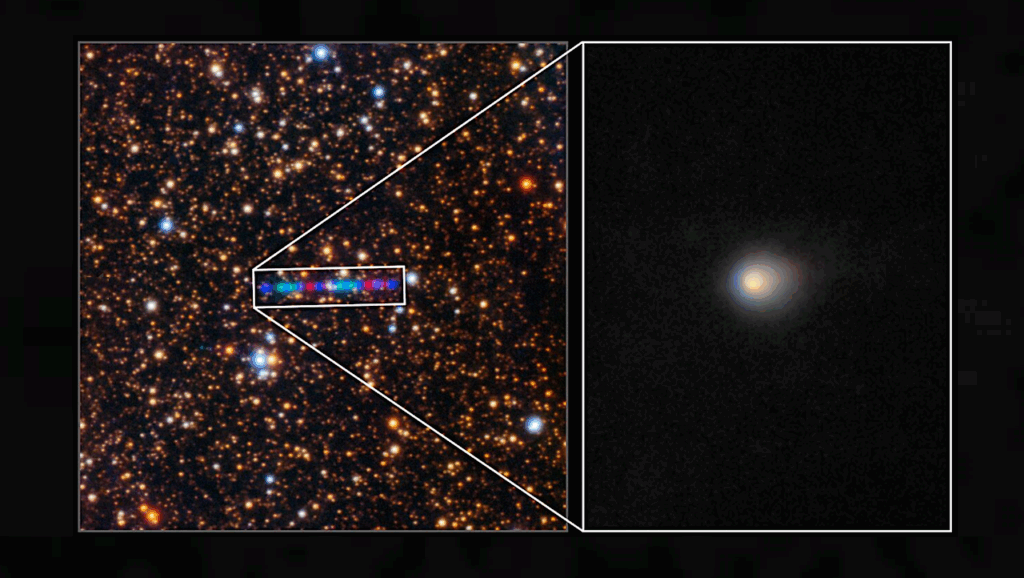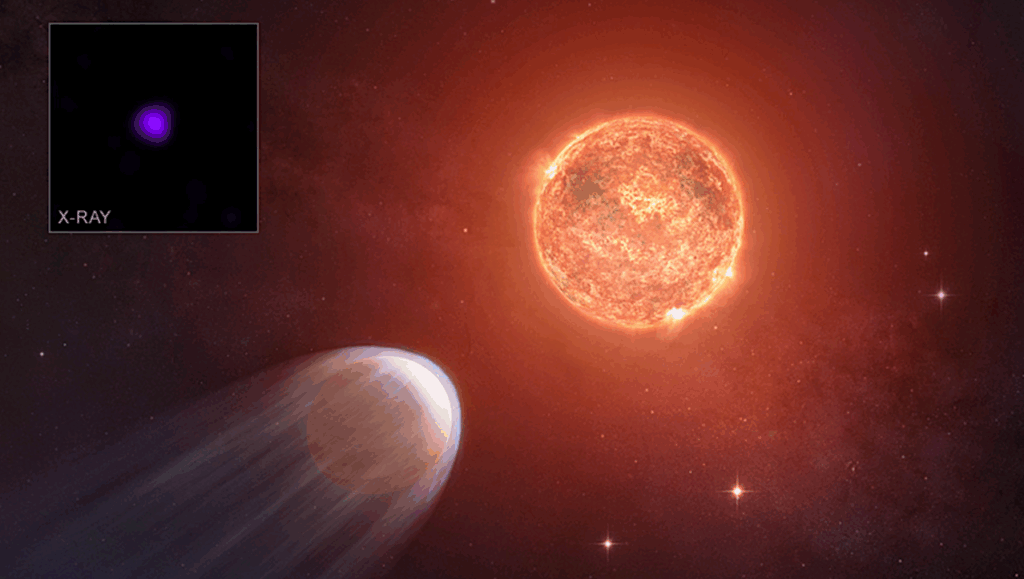An Aligned Sub-Neptune Revealed with MAROON-X and a Tendency Towards Alignment for Small Planets

We present the Rossiter-McLaughlin measurement of the sub-Neptune TOI-1759A b with MAROON-X. A joint analysis with MuSCAT3 photometry and nine additional TESS transits produces a sky-projected obliquity of |λ|= 4∘±18∘.
We also derive a true obliquity of ψ=24±12∘ making this planet consistent with full alignment albeit to <1σ. With a period of 18.85 days and an a/R∗ of 40, TOI-1759A b is the longest period single sub-Neptune to have a measured obliquity. It joins a growing number of smaller planets which have had this measurement made and, along with K2-25 b, is the only single, aligned sub-Neptune known to date.
We also provide an overview of the emerging distribution of obliquity measurements for planets with R<8 R⊕. We find that these types of planets tend toward alignment, especially the sub-Neptunes and super-Earths implying a dynamically cool formation history. The majority of misaligned planets in this category have 4<R≤8 R⊕ and are more likely to be isolated than planets rather than in compact systems.
We find this result to be significant at the 3σ level, consistent with previous studies. In addition, we conduct injection and recovery testing on available archival radial velocity data to put limits on the presence of massive companions in these systems. Current archival data is insufficient for most systems to have detected a giant planet.
Alex S. Polanski, Ian J.M. Crossfield, Andreas Seifahrt, Jacob L. Bean, Jonathan Brande, Karen A. Collins, David R. Coria, Akihiko Fukui, Norio Narita, Julian Stürmer, Steven Giacalone, David Kasper
Subjects: Earth and Planetary Astrophysics (astro-ph.EP)
Cite as: arXiv:2507.04291 [astro-ph.EP] (or arXiv:2507.04291v1 [astro-ph.EP] for this version)
https://doi.org/10.48550/arXiv.2507.04291
Focus to learn more
Submission history
From: Alex Polanski
[v1] Sun, 6 Jul 2025 08:27:36 UTC (6,409 KB)
https://arxiv.org/abs/2507.04291
Astrobiology, Astronomy,


